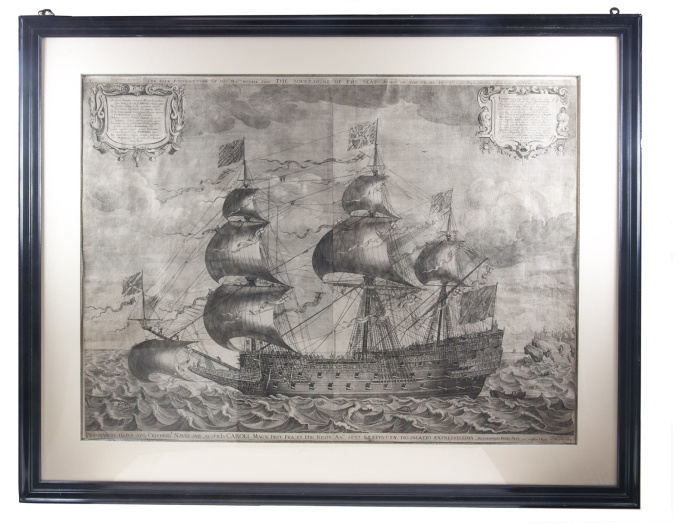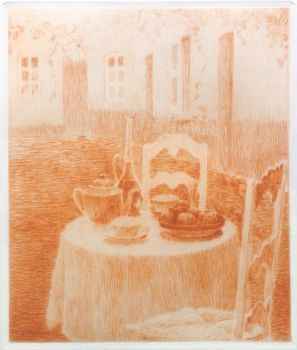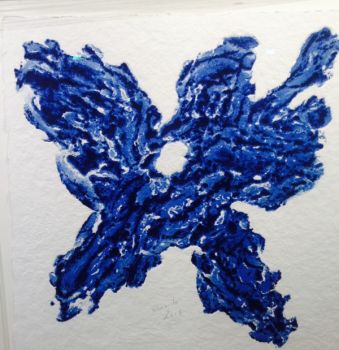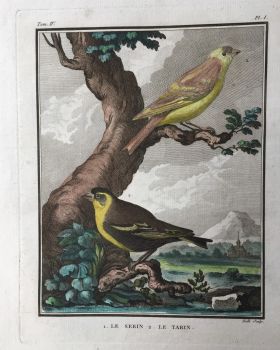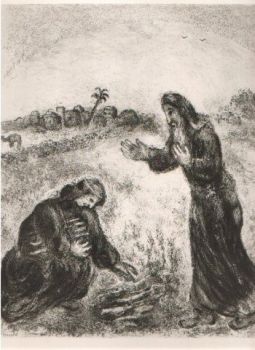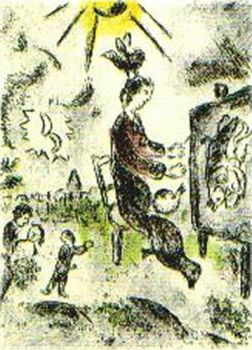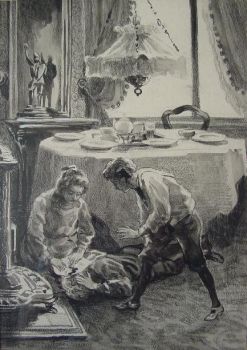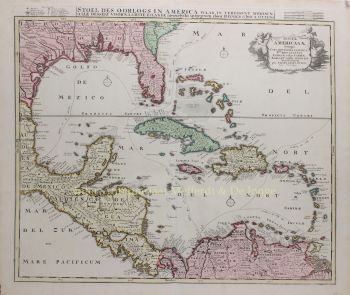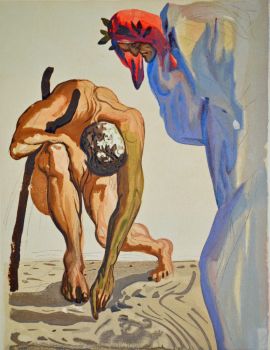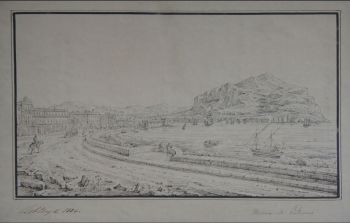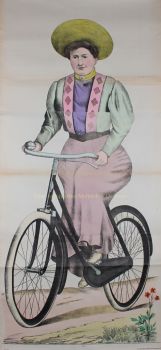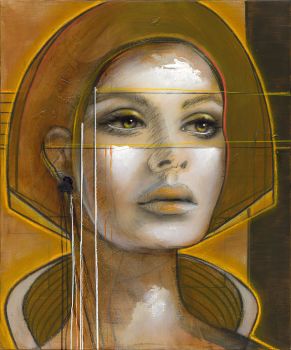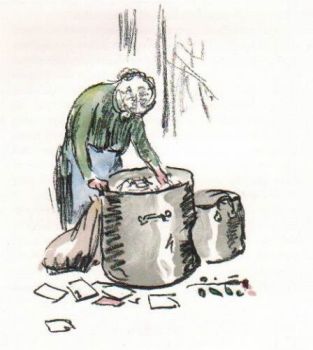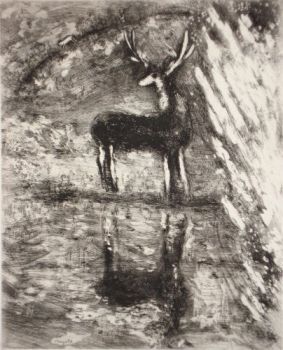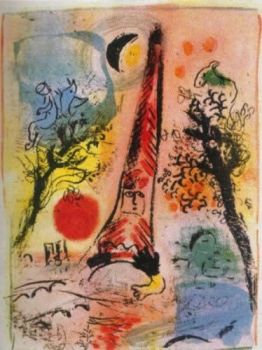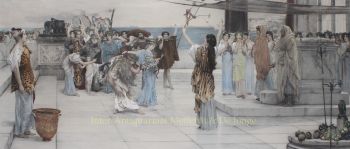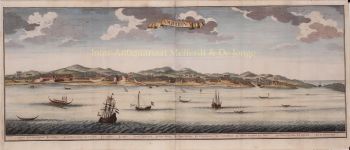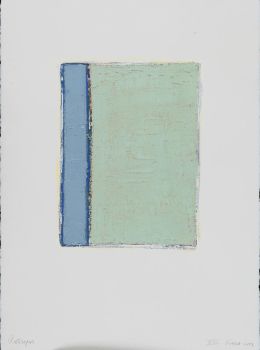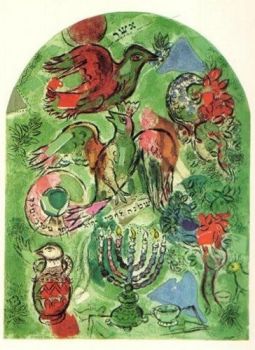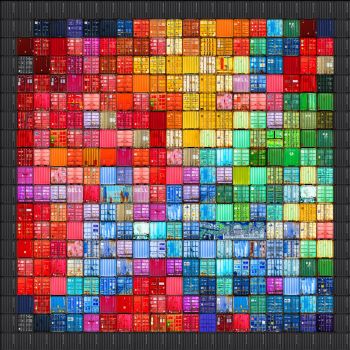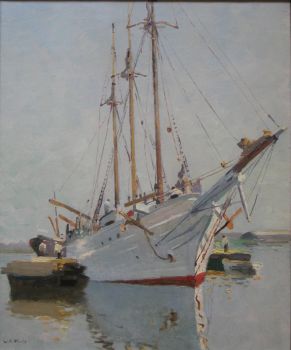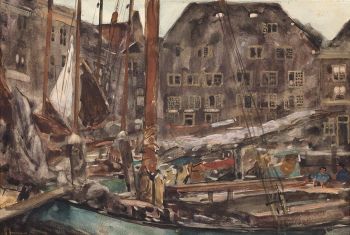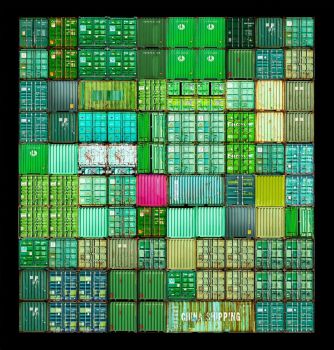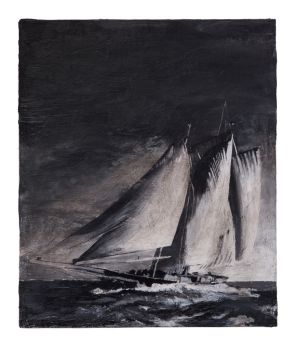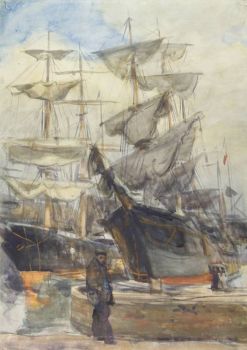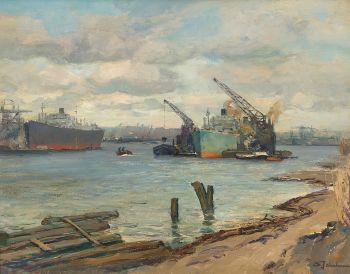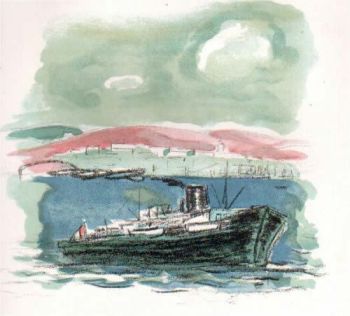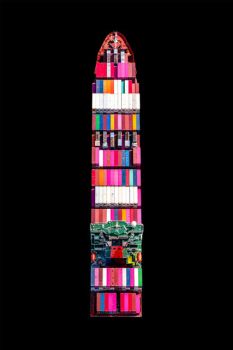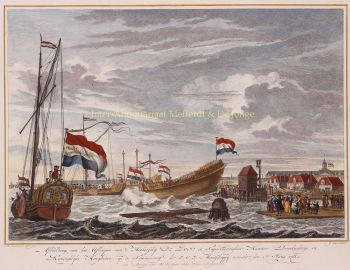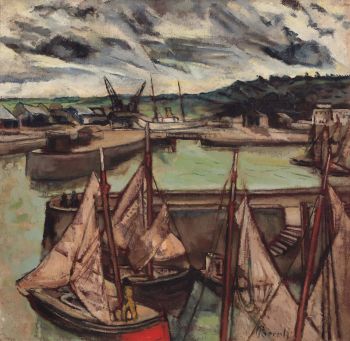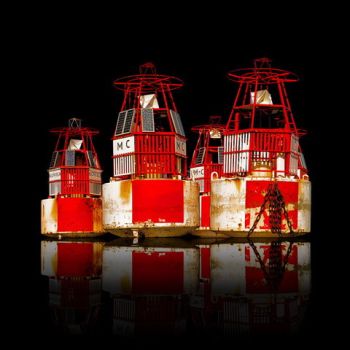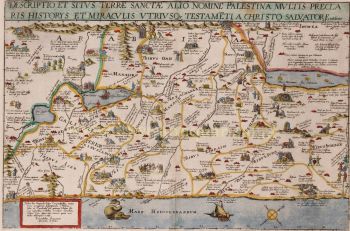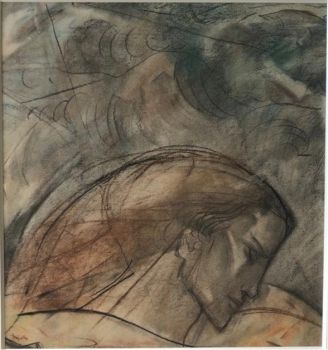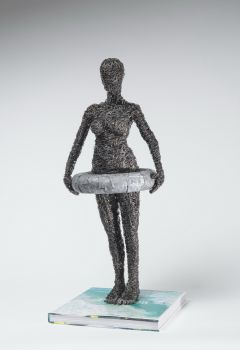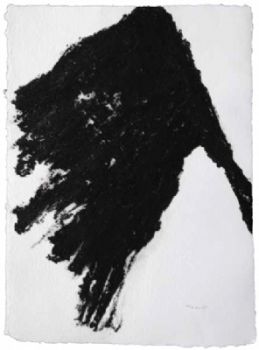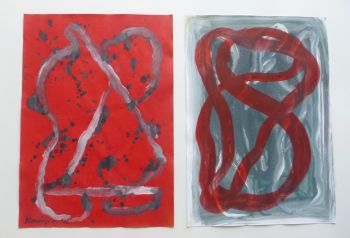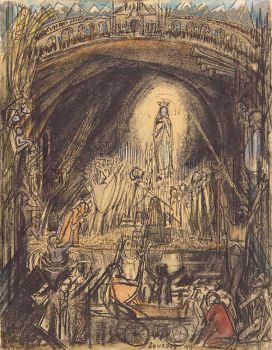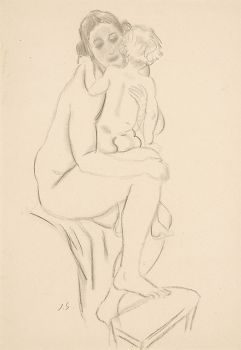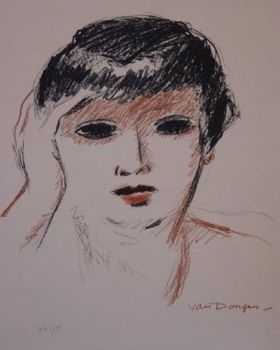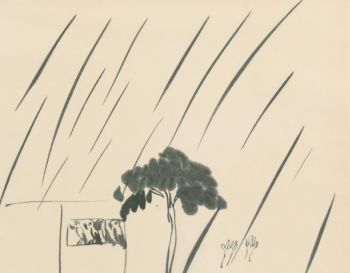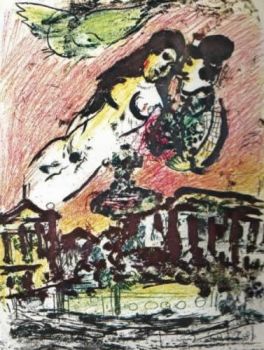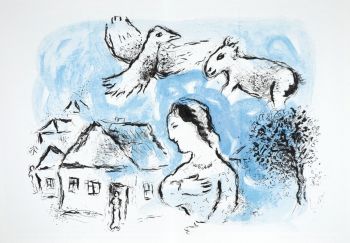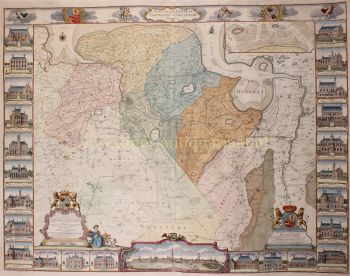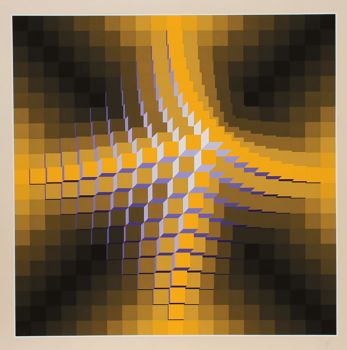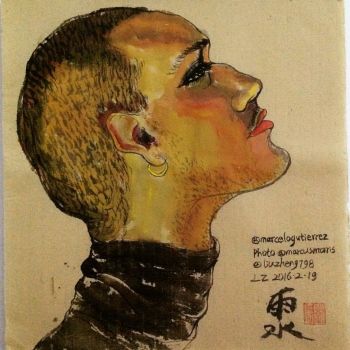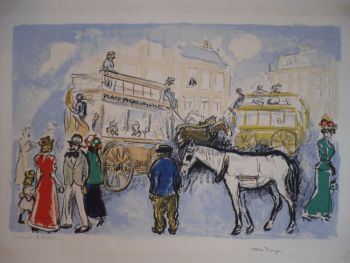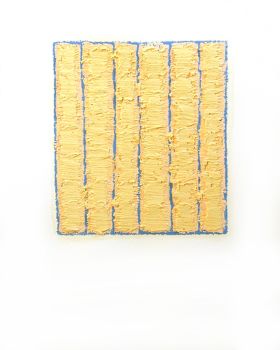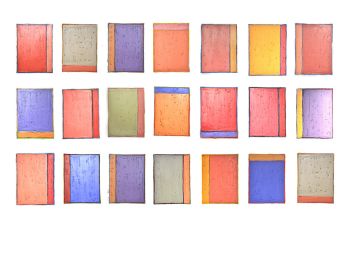Magnificent engraving of the 17th-century warship the “Sovereign of the Seas”, surpassing all her co 1637
John Payne
InchiostroCarta
66 ⨯ 99 cm
Attualmente non disponibile tramite Gallerease
- A proposito di opere d'arteThe true portraicture of His Ma[jes]ties. royall ship the Soveraigne of the Seas built in the yeare 1637.
[London, Peter Pett, 1637/38]. Large engraving (66.5 x 91 cm), printed from two plates on two sheets, assembled to make a single print. With title in English across the head, a slightly different Latin title across the foot (both outside the image area), Payne's name and privilege to the right of the Latin title, and two decorated cartouches with laudatory verses in the upper corners. In passepartout (not mounted) and easily detachable framed (90 x 114 cm).
Rare and magnificent engraving of the extraordinary 17th-century English warship the Sovereign of the Seas, shown in full sail, flying 5 flags and more than a dozen pennons. With her more than 1500 tons and more than 100 guns, she surpassed all her contemporaries in size and gun power and cost about ten times as much as an average naval gunship. Besides being "one of the best known naval prints belonging to the seventeenth century … extraordinarily rich of detail and of the greatest possible interest" (Chatterton), it is also by far the largest English engraved view to survive from the first half of the century. For the engraving, Payne had, most likely, access to the builder's draughts and plans and must have collaborated with Peter Pett for the engraving to be as representative of the ship as possible.
Trimmed to the printed image at the two sides, not always completely straight, a few small tears (mostly repaired) at the head and foot, a few tiny spots and a tiny blemish, but still generally good, very attractive and printed in a crisp impression.
BM online cat. 1854,0614.252; H. Busmann, Sovereign of the Seas (2002), pp. 39-46 (locates 7 copies); Chatterton, Chats on naval prints, pp. 56-57. - A proposito di opere artistaJohn Payne (1607–1647) è stato un incisore inglese, uno dei primi esponenti dell'arte dell'incisione in Inghilterra. La sua opera migliore fu la migliore prodotta da un incisore nativo che lavorava durante il regno di Carlo I. Sembra che Payne abbia imparato l'incisione da William e Simon de Passe, e il suo modo assomiglia molto ai loro. Due dei suoi ritratti, quelli di Robert Devereux, II conte di Essex, e di Henry de Vere, XVIII conte di Oxford, sono stampati in cornici incise da William de Pass, ed è un'indicazione che all'inizio della sua carriera Payne ha collaborato con William de Passe su alcuni progetti. George Vertue scrisse per sentito dire di John Sturt, un altro incisore, che Payne era un perdigiorno che amava bere più del lavoro e non era affidabile. Ad esempio, sostiene che Payne avesse trascurato di accettare un invito a frequentare la corte di Carlo I dove gli sarebbe stata offerta la posizione di incisore reale. Il suo modo di vivere irregolare portò alla sua morte prematura per "circostanze indigenti". Questo deve essere stato intorno al 1647, poiché Thomas Rawlins nel suo Calanthe, pubblicato nel 1648, ha un epitaffio su Payne, come "deceduto di recente". Payne aveva una notevole abilità nell'incisione e molti dei suoi ritratti e frontespizi hanno un grande merito. La sua opera principale è la grande incisione, eseguita su due lastre, della grande nave "The Sovereign of the Seas", costruita da Peter Pett a Deptford nel 1637. John Evelyn nella sua Sculptura esalta questa incisione, così come i ritratti di Payne del Dr. Alabastro, Sir Benjamin Rudyerd e altri. Tra gli altri ritratti incisi da Payne c'erano quelli del vescovo Joseph Hall, del vescovo Lancelot Andrews, di Sir Edward Coke, di Hobson the Carrier, di Sir James Ley, di Christian of Brunswick, ecc., e tra i frontespizi quelli di The Works of John Boys, DD, 1629, e a Herball di Gerarde, 1633.[3] Antony Gerard scrisse la biografia di Payne nell'Oxford Dictionary of National Biography e affermò in essa che "le cinquantatre tavole conosciute di Payne, che portano date tra il 1620 e il 1639, e la maggior parte delle quali sono frontespizi di ritratti o titoli di libri, variano ampiamente in qualità. I peggiori non sono migliori di quelli di molti contemporanei, ma i migliori, come il ritratto di Sir Benjamin Rudyerd del 1632, sono eccezionali". La National Portrait Gallery ha quattro ritratti di Payne e attribuisce 55 opere nella sua collezione a lui anche se alcuni sono "forse di John Payne".
Artwork details
Categoria
Soggetto
Materiale e Tecnica
Colore
Related artworks
Jan Sluijters
Original illustration of Sluijters for the book: 'Laura's opstel'1881 - 1957
Prezzo su richiestaKunsthandel Pygmalion
1 - 4 / 24- 1 - 4 / 24
Jan Sluijters
Original illustration of Sluijters for the book: 'Laura's opstel'1881 - 1957
Prezzo su richiestaKunsthandel Pygmalion
Rene Rietmeyer
"PORTRAIT OF YAYOI KUSAMA JUNE 1999"1999
Prezzo su richiestaEuropean Cultural Centre Collection
Rene Rietmeyer
"Japan, Tokyo, Kudan House" 20212021
Prezzo su richiestaEuropean Cultural Centre Collection
1 - 4 / 24

